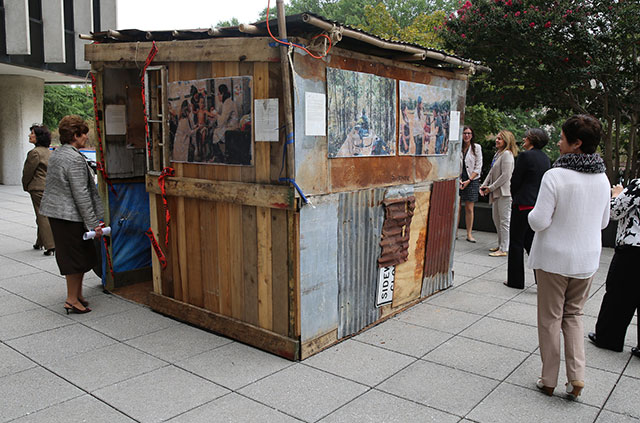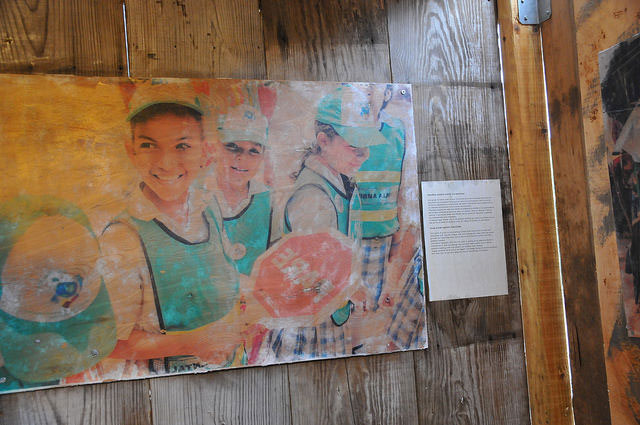Washington, DC, September 26, 2016 (PAHO / WHO) - Progress in the control of neglected infectious diseases is on display at a special photo exhibit starting today at the opening of the Pan American Health Organization (PAHO) Directing Council meeting, which brings together top health authorities in the Americas.
Neglected infectious diseases, such as Chagas disease, helminthic infections, leprosy, leishmaniasis, lymphatic filariasis, onchocerciasis, plague and human rabies transmitted by dogs often cause poverty, disability and death. They are called "neglected" because for many years they received insufficient attention, so millions of people lack access to treatment and health care they needed.
The exhibit, mounted in a model precarious dwelling outside PAHO headquarters, highlights the progress made by the countries of the region to prevent, control and even eliminate more than a dozen diseases that affect the poorest populations.



The countries of the Americas "have made great efforts to control and eliminate these diseases, and wanted to collect success stories to show how these efforts have reached the poor to alleviate their suffering," said Carissa F. Etienne, Director of PAHO, at the opening of the exhibit, with its creator, photographer Joshua Cogan.
But "Our task has not ended," she added. "For the Americas to reach the regional and global targets to eliminate more than a dozen neglected infectious diseases, a concerted effort must be made now by every endemic country to ensure that robust public health actions reach those who need them most."
During the Directing Council meeting this year, health authorities in the region are considering a new plan to combat this group of diseases between 2016 and 2022.
Its objectives are to Interrupt transmission of and eliminate eight NIDs for which there are cost-effective tools. These are blinding trachoma, Chagas disease, dog-mediated human rabies, leprosy (Hansen's disease; eliminated as a public health problem), human taeniasis/ cysticercosis, lymphatic filariasis, onchocerciasis (river blindness), and Schistosomiasis.